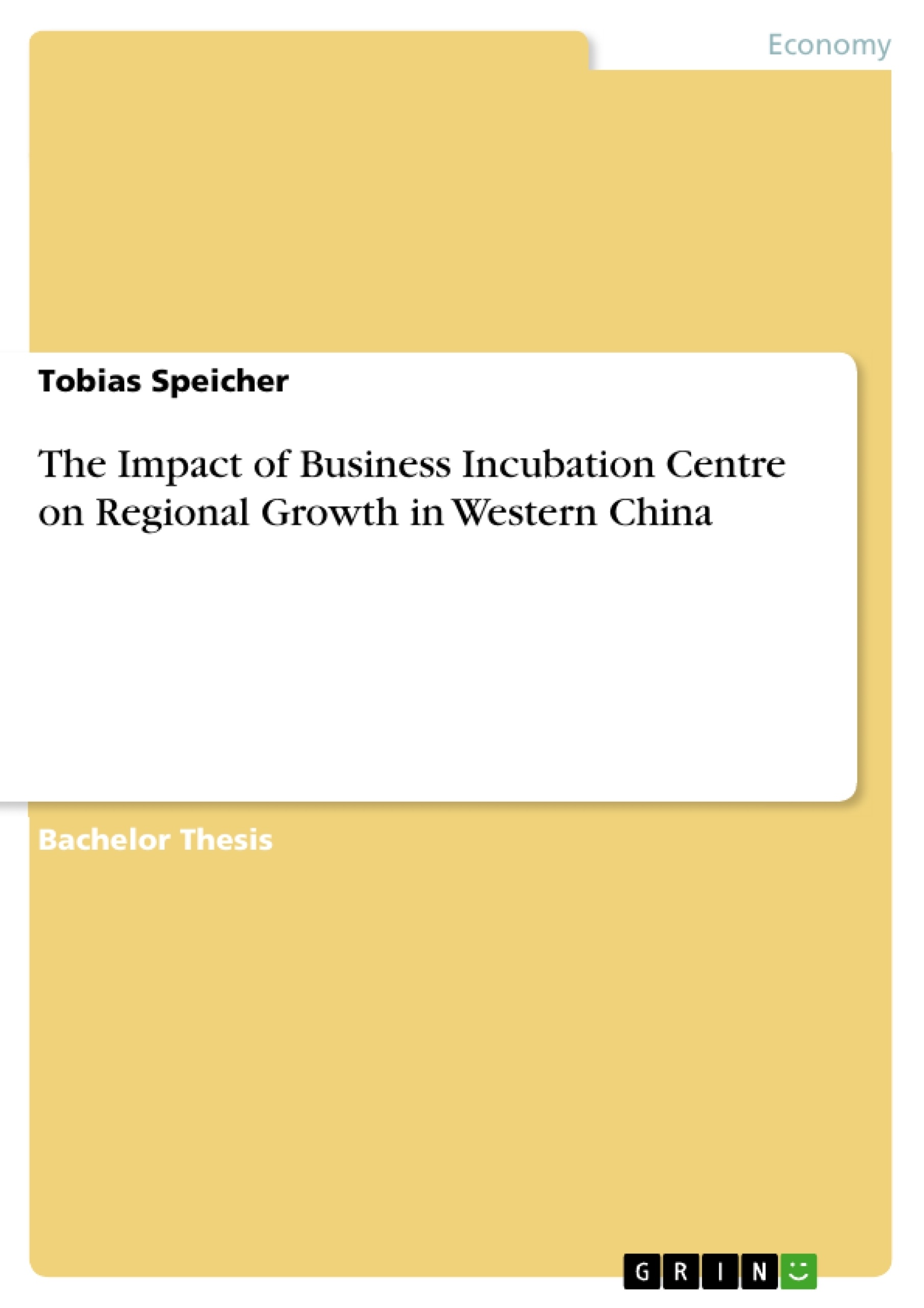China’s regions face huge gaps in economic development, especially the western provinces lack far behind the coastal provinces due to uneven political attention in the process of China’s run for becoming an industrial nation in the past decades and its location in the hinterland of the country. Since the beginning of the new millennium China’s western region receives special attention by the central government in terms of economic development. The main reason is that the population in China’s underdeveloped west is more and more unsatisfied with its situation. The eastern provinces and coastal regions have reached a relatively high level of development while a greater part of the western rural regions are underdeveloped, generating growth rates which cannot compete with those of the East and having no means to foster development on their own. During the prior 20 years the disparities between China’s West and the East were increasing entailing the thread of social instability and riots which is something the government in Beijing fears most.
Regional growth received tremendous scientific attention since the middle of the 20th century which resulted in various approaches and theories. Different patterns have been developed to artificially generate growth. Due to the observations made in the American Silicon Valley and northern Italy, where agglomeration of industries caused sustainable regional growth, the model of business incubation and technology parks was developed. Since then governments all over the world, from developed industrial nations as well as from emerging nations and developing countries, adapt this model to attract foreign direct investment (FDI), steer investment and foster regional growth in areas where it is demanded. Although business incubation centers are popular among policy makers, scholars have a critical attitude towards incubators and their outcome and doubts have been raised about their effectiveness as a regional development tool. Among the reasons for criticism is the fact that their growth has occurred due to attraction of firms from outside their host region rather than through the formation of new firms. One of the main questions this thesis is trying to give an answer to is: Are Business Incubation Centers and Science and technology parks a suitable tool to foster economical growth in Western China?
Contents
Tables and Figures
Acronyms
1. Introduction
1.1 Introduction to the Topic and Main Question
1.2 Structure of the Thesis
1.3 Data, Sources and Methodology
2. The Concept of Business Incubation
2.1 The Roots of the Incubation Model
2.2 The Incubation Process
3. Forms of Incubation Centre’s
3.1 University Business Incubator
3.2 Business Innovation Centre
3.3 Independent Business Incubator
3.4 Corporate Business Incubator
4. Science & Technology Programs in China
4.1 Major Science and Technology Programs until Today
4.2 China’s Mission to become a High-Tech Nation
5. Business Incubation in China
5.1 Development of Incubators in China
5.2 Spreading of Incubators in China
5.3 Incubators in China’s West
6. China’s Need for Regional Development
6.1 Roots of China’s Regional Disparities
6.2 China’s Regional Disparities since 1949
6.3 Regional Disparities in the Post-Mao Period
7. Understanding Regional Growth
7.1 Elements of Regional Growth
7.1.1 Location
7.1.2 Infrastructure
7.1.3 Human Capital
7.1.4 Political Incentives
7.1.5 Investment
8. Regional Growth in Western China
8.1 Extension of the Infrastructure
8.2 Development of Human Capital
8.3 Attraction of FDI
8.3 Technology Advancement
8.4 Summary
9. Impact of Business Incubation Centers on Regional Growth
9.1 Incubators and Location
9.2 Impact of Technology Parks on a Regions Infrastructure
9.3 Human Capital Development due to Technology Incubators
9.4 The Role of Policy with Regards to Incubators
10. Concluding Remarks on the Relevance of Business Incubation Centers in Western China
References



